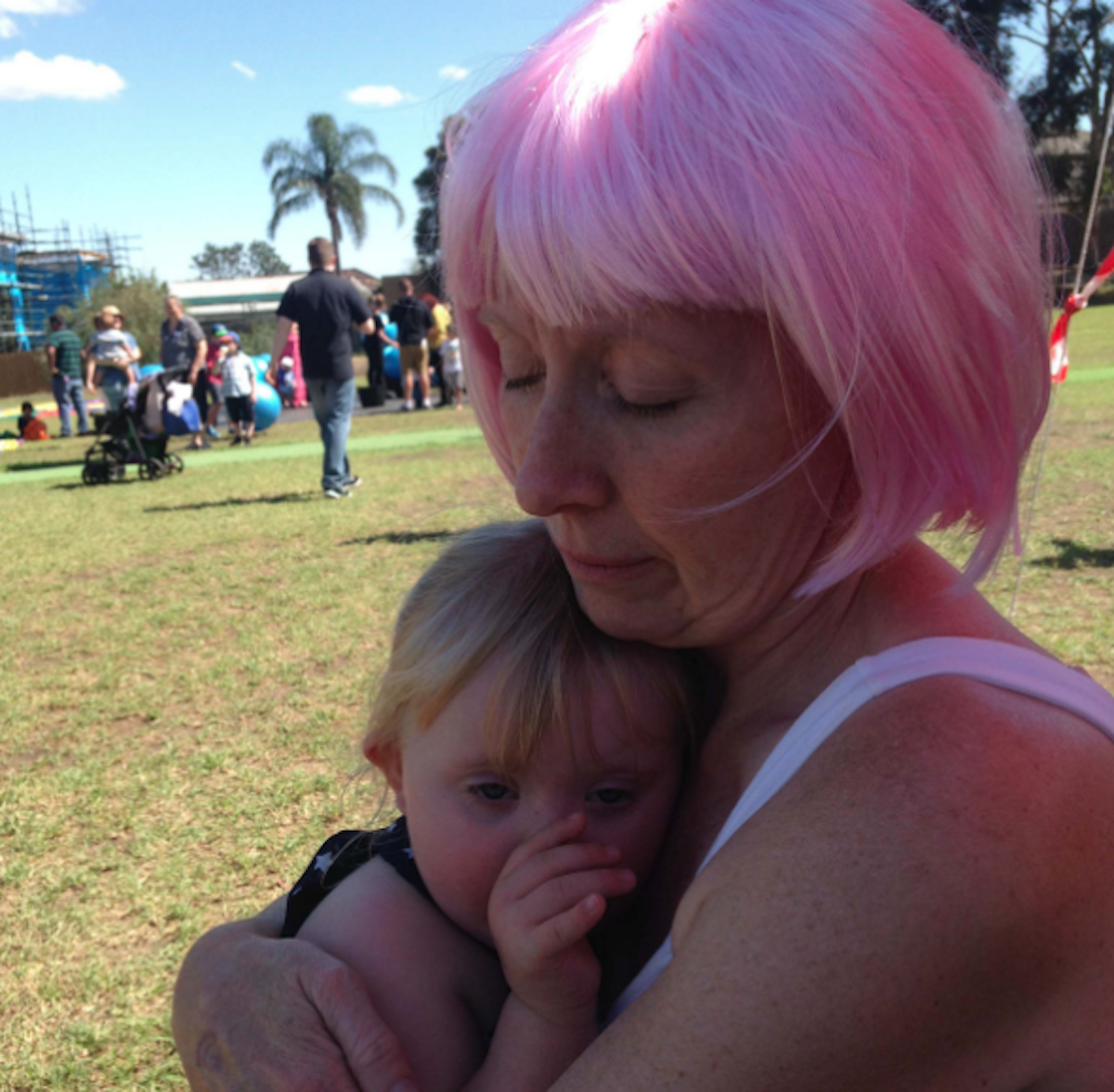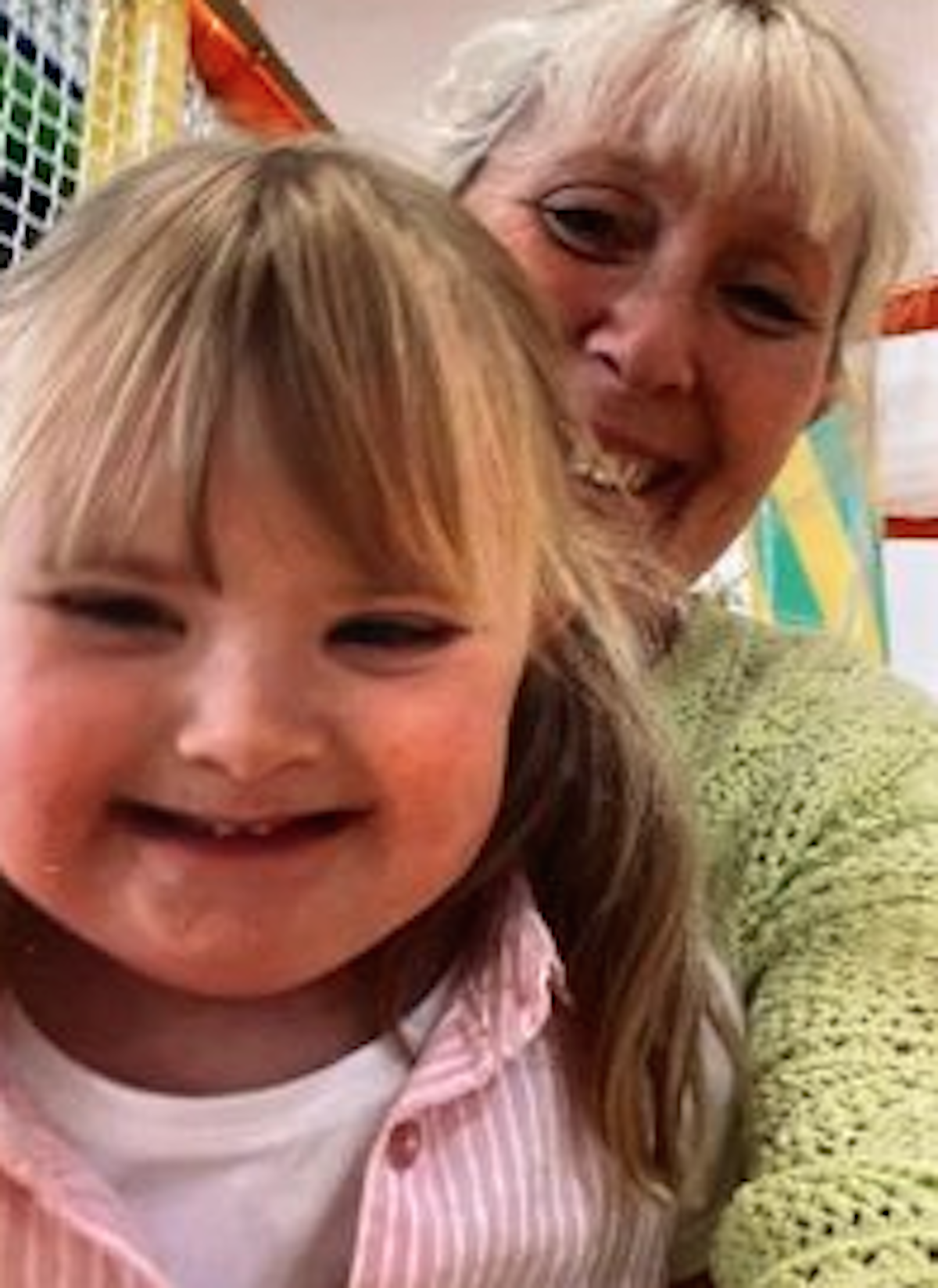Facing Breast Cancer as a Parent
- Emma Gierschick, of Victoria, England, was diagnosed with stage 3 breast cancer after losing weight, developing an “itchy armpit” and finding a lump in her left breast while showering.
- Trying to catch breast cancer at the earliest stages requires that people prioritize breast self-exams and breast cancer screenings.
- There are many different recommendations regarding when people should start getting mammograms, but all women should talk with their doctor about the benefits and harms of mammography as well as when and how often they should be screened based on their individual risk factors.
- In addition, make sure you're performing breast self-exams so you know what your breasts feel like normally and you can notice if and when any changes occur.
- During a breast self-exam, SurvivorNet recommends you look for changes like: a new lump, new swelling, changes to the nipple (such as puckering), flaking or redness in the breast or nipple, nipple discharge (including blood) and pain in the breast.
Gierschick, from Victoria, U.K., didn’t seek medical advice until six weeks later, after losing nearly 40 pounds and developing an unusually “itchy armpit.” It was those very symptoms that led her to her stage three breast cancer diagnosis. Now she’s sharing her story in hopes to inspire other women to be aware of any changes in their body and get checked right away.

“The weight loss didn’t bother me at the time. I thought it was because I wasn’t eating as much. But the itchy armpit really stumped me.”
She admitted to likening her armpit itch to being allergic to scented soap or deodorant, but when she tried a different type of soap or deodorant, the problem persisted.
Gierschick continued, “My doctor recommended that we do whole heap of tests while I was thereblood tests, pap smear, breast check and that’s when she found the lump. I suddenly remembered my shower six weeks prior.”
She eventually learned she was battling stage three breast cancer after getting a mammogram and ultrasound.

It took 12 months for Gierschick to complete her cancer treatment and her oncologist “cleared” her of cancer in March 2023.
In regard to how she’s coped with the physical challenges (including difficulty walking) of breast cancer treatment and being a mom, Gierschick, who wore colorful wigs to hid her bald head from her daughter, explained, “I always had to put her first. I was extremely ill one night and kept vomiting. Amelia heard me and became extremely concerned, and I had to reassure her that I was fine.”
“But I’ve never smiled as much in my life as I did during my cancer. I was fighting for my life, and there wasn’t an option to lose. I couldn’t die, I had to be alive for my daughter.”
Expert Breast Cancer Resources
As for losing her hair, Gierschick revealed to Cancer Council it’s something she hoped would never happen but “it started falling out quite a lot every time I touched it and in the shower,” she said. “When I was walking down the street one windy day and saw it blowing off behind me in a shop window reflection, I knew that I would have to shave it.”
“I bought some joke wigs for Amelia to get her used to the idea and grew quite attached to the pink one,” she told Cancer Council. After I shaved my hair, I went out most of the time with my pink wig and sometimes Amelia wore one too just to be like mommy.”
Know the Signs of Breast Cancer
Stage three breast cancer, the type Emma Gierschick was diagnosed with, typically refers to a relatively large tumor that may have invaded nearby skin or muscle tissue. It may also mean that lymph nodes near your breast and/or under your armpit are involved.
In most cases, stage three breast cancer will need chemotherapy. If the cancer is also hormone receptor-positive, aggressive hormonal therapy may be offered as well.
It’s always important to try and catch the disease at the earliest stages and requires that people prioritize breast self-exams and breast cancer screenings.
What is Stage Three Breast Cancer?
There are many different recommendations regarding when people should start getting mammograms. An independent panel of experts called the U.S. Preventive Services Task Force recently changed their guidelines to say that women of average risk should begin with screenings every other year starting at age 40, but other organizations like the American Cancer Society say “women between 40 and 44 have the option to start screening with a mammogram every year.”
Still, there is a consensus that all women should talk with their doctor about the benefits and harms of mammography as well as when and how often they should be screened based on their individual risk factors.
According to the National Cancer Institute, “Women with risk factors for breast cancer, such as certain changes in the BRCA1 or BRCA2 gene or certain genetic syndromes may be screened at a younger age and more often.”
Talk to your doctor about an individualized screening plan and ask questions like whether or not you have dense breasts and if a 3D mammogram is right for you.
To have dense breasts means you have more fibroglandular tissue and less of the fatty breast tissue. This can make it more difficult for a regular mammogram to detect cancer, so a 3D mammogram, which looks at the tissue in several layers, may better detect cancer.
In addition, make sure you're performing breast self-exams. SurvivorNet advisor Dr. Elizabeth Comen says breast cancer prevention and awareness begin with making sure women are comfortable with their breasts and knowledgeable of what they feel like normally.
Getting to Know Your Breasts with Self-Exams
“For some women, that may mean going to their doctor and walking through what a self-breast exam might feel like so that they know what normal breast tissue feels like, so that if they do feel anything abnormal whether it's a lump or discharge from the nipple that they know what to ask and what to look for,” she said.
During a breast self-exam, SurvivorNet recommends you look for changes like:
- A new lump in the breast
- New swelling in the breast
- Changes to the nipple (such as puckering)
- Flaking or redness in the breast or nipple
- Discharge (including blood) coming from the nipple
- Pain in the breast
Don't hesitate to talk to a medical professional if you have one or more of the symptoms above. You never know when addressing a change to your breasts could lead to a serious diagnosis.
How Parents Find Strength in Children During Cancer Battle
Sometimes parents battling cancer, like Emma Gierschick, find strength and motivation through their children to endure the rigors of cancer treatment.
Facing cancer as a parent can be incredibly daunting. Fearful thoughts about leaving your children may creep into your mind creating more stress in an already stressful situation.
"Cancer patients with children can have increased motivation to endure difficult treatment but may also be concerned about the emotional impact of the illness on their offspring," Dr. Cindy Moore of Massachusetts General Hospital Cancer Center explained to The ASCO Post, an oncology newspaper.
Dr. Moore said cancer warriors with children should discuss their biggest concerns with their healthcare teams so an effective communication plan can be created to explain their diagnosis to their kids.
Tips for Parents Struggling to Talk About Their Cancer
After a cancer diagnosis, talking about it can be challenging, especially when children are on the other end of the conversation. It's important to prepare them for what might happen in the future, but you want to be gentle with this sensitive subject.
If parents find themselves nervous before having this conversation, New York-based licensed clinical psychologist Dr. Marianna Strongin said children can pick up on their emotions, so it may help to check in with yourself beforehand.
“If at this moment, you are feeling scared, it might be helpful to calm and soothe yourself first before speaking to your child,” she said. “Having these conversations may bring up deep emotions you may have stowed away. There is nothing wrong with showing our emotions to children as long as we can remain calm and give them a sense of safety.”
Helping them feel safe can mean giving them tools and strategies to manage their feelings about the situation.
“I love using my childhood self when explaining anything to children," Dr. Strongin explained. “I might say, ‘when I was your age, I remember feeling scared of many things, but one thing that always helped is taking three very deep breaths and telling my body it will be okay.’
“It is these kinds of dialogues that allow our children to feel safe and in control.”
Contributing: SurvivorNet Staff
Learn more about SurvivorNet's rigorous medical review process.

